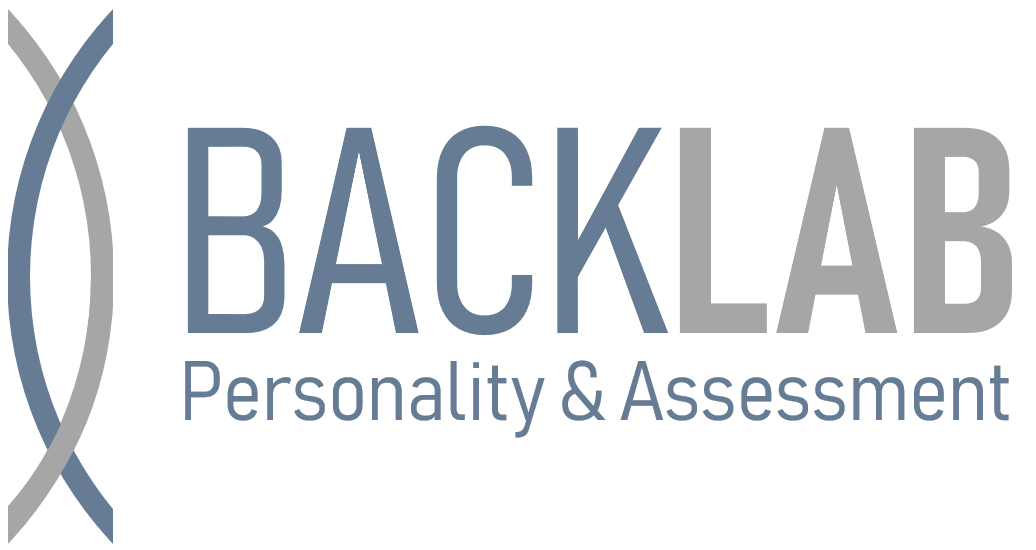Determinants and consequences of conspiracy beliefs across countries
In times of “fake news” and post-factual policy making we pose the following questions: Which individual and contextual factors determine whether citizens believe in and adopt conspiracy theories (CT)? And does the propensity to adopt CT translate into increased prejudice towards groups involved as actors in CT as well as into distrust towards political actors and institutions in general? Answers to these questions have important implications for understanding the escalation versus the containment of religiously or politically motivated conflicts and violence within and across nations.
To tackle these questions, the interdisciplinary project will bring together two lines of reasoning to investigate the sources and consequences of CT. From a psychological perspective, individual predispositions (e.g., individual differences in traits such as agreeableness) as well as factors of individual identity formation (e.g., how much the belief in CT is driven by an individual’s need for uniqueness) play an important part. In contrast, political science assigns the communication of political and social actors – and thus the social context of an individual – a large influence on the perception of CT in the population. Bringing together both of these perspectives is decisive for understanding the sources of CT and its potentially wide-ranging psychological and political consequences. While previous approaches investigating CT both in psychological and political science have focused on specific and small to medium-sized samples in selected and mainly Western countries and applied either experimental or purely correlative designs, we aim at a large cross-country approach that combines correlative and experimental designs.
For a first cross-sectional analysis of the outlined questions we conducted an online survey in three countries: Germany, Poland, and Jordan (total N = 4,100). These countries were selected to allow for varying degrees of religiousness and religious heterogeneity as well as variation regarding average attitudes towards groups mentioned in the communicated CT on the level of the broader societal context. The survey included (a) a range of sociodemographic and personality characteristics, (b) an experimental variation of whether a CT is made salient or not – and if so, of what kind of societal actor provided the CT (independent journalist vs university professor) via what kind of channel (blog vs. public-service news) as well as of what group is made responsible for the conspiracy in the communicated CT (US vs. Russian vs. Israel secret service) –, (c) participants agreement with the presented CT, and (d) their degree of prejudice towards a number of groups as well as their level of distrust towards a number of political actors and institutions.

